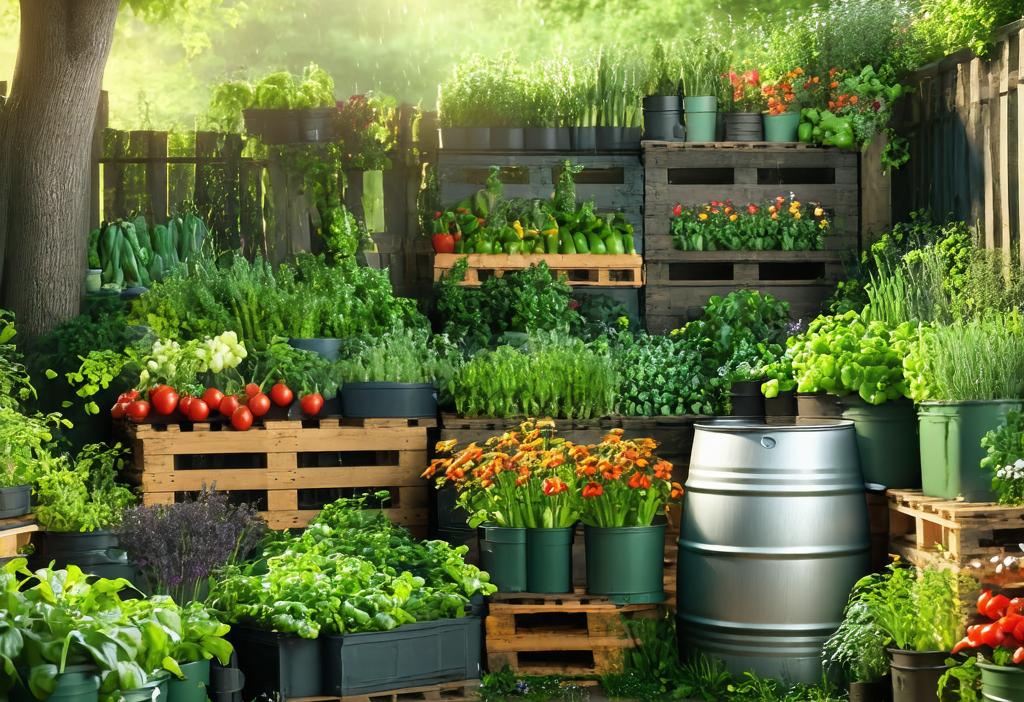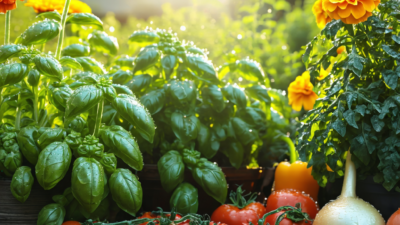Growing Green: A Comprehensive Guide to Sustainable Gardening
Are you ready to dive into the world of sustainable gardening? Whether you’re a seasoned gardener or just picking up a trowel for the first time, this guide will help you create a garden that’s not only beautiful but also kind to the planet. Let’s get started!
Why Sustainable Gardening Matters
Sustainable gardening is more than just a trend—it’s a movement toward creating healthier ecosystems and reducing our environmental footprint. By using eco-friendly practices, we can conserve water, protect pollinators, and reduce waste. Here’s why it matters:
- Water Conservation: Sustainable methods help reduce water usage, which is crucial in areas facing droughts.
- Biodiversity Support: By planting native species and avoiding harmful pesticides, we create habitats for local wildlife.
- Reduced Chemical Use: Eco-friendly practices minimize the use of synthetic fertilizers and pesticides, benefiting both soil health and human well-being.
Getting Started: Planning Your Sustainable Garden
Before you start digging, it’s essential to plan your garden. Consider these steps:
- Assess Your Space: Determine how much sunlight your garden gets and what areas are suitable for different plants.
- Choose Native Plants: Select plants that naturally thrive in your region, as they require less water and pesticides.
- Design for Biodiversity: Incorporate a variety of plants to attract pollinators like bees and butterflies.
Eco-Friendly Practices for Your Garden
Sustainable gardening involves more than just choosing the right plants. Here are some practical tips:
Water Wisely
Conserving water is a cornerstone of sustainable gardening. Use these techniques to keep your garden hydrated without wasting resources:
- Rainwater Harvesting: Install a rain barrel to collect water for irrigation.
- Drip Irrigation: This method delivers water directly to plant roots, reducing evaporation.
- Mulching: Apply organic mulch to retain soil moisture and suppress weeds.
Go Organic
Avoid synthetic fertilizers and pesticides by using natural alternatives:
- Composting: Turn kitchen scraps into nutrient-rich compost for your garden.
- Natural Pest Control: Use neem oil or companion planting to deter pests naturally.
Recycle and Reuse
Reduce waste by repurposing materials in your garden:
- Upcycle Containers: Use old cans, buckets, or pallets as planters.
- Build with Sustainable Materials: Opt for untreated wood or recycled plastic for garden structures.
Tips for Maintaining a Thriving Garden
Once your garden is up and running, regular maintenance will ensure it stays healthy and productive:
- Regular Weeding: Remove weeds to prevent them from competing with your plants.
- Seasonal Planting: Rotate crops and plant seasonally to maintain soil health.
- Monitor for Pests: Keep an eye out for signs of pests or disease and address issues early.
Connect with the Community
Gardening is a shared experience. Engage with local gardening groups or join community gardens to exchange tips, seeds, and knowledge. It’s a fantastic way to build connections while promoting sustainability in your area.
Conclusion
Sustainable gardening isn’t just about growing plants—it’s about fostering a deeper connection with nature and contributing to a healthier planet. By adopting eco-friendly practices, you can create a garden that’s as good for the environment as it is for your soul. Happy gardening!





